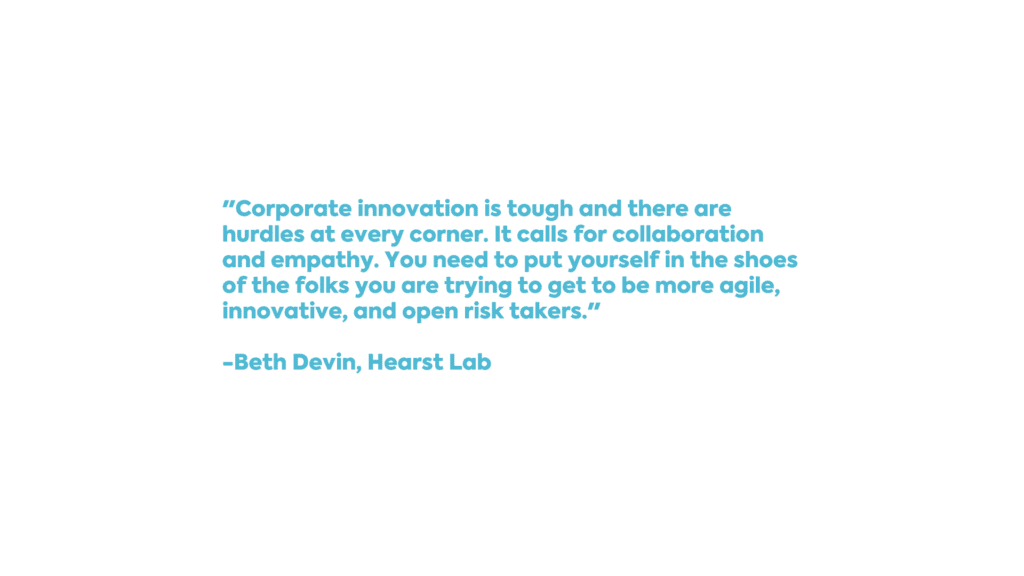The past seven months have been the most difficult period for many organizations in recent memory. At the same time, many are redeploying talent, pivoting production, shifting operations, and launching new business models at an unprecedented rate. Silos are being dismantled, decision making has accelerated, and new technology is adopted overnight. Projects that used to take months or years now take days or weeks.
This may turn be the beginning of the new post-COVID normal. A recent study by McKinsey shows that organizations that respond aggressively and move quickly in times of crisis are significantly more profitable moving forward.
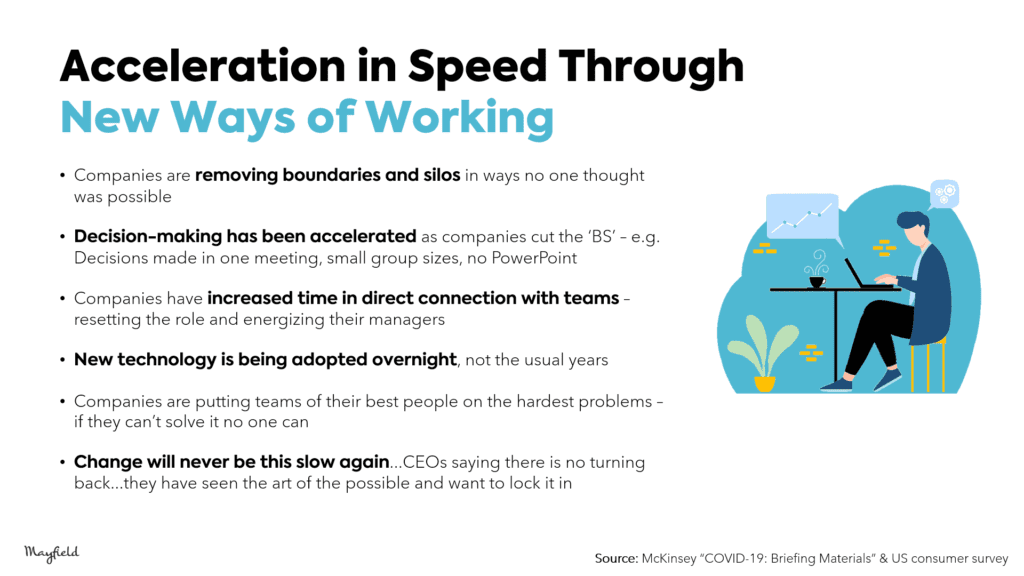
But that doesn’t mean this process is easy or painless. Multiple barriers can prevent organizations from moving as rapidly as circumstances require. For our October CIO Insight Call we invited a panel of technology leaders across a range of industries to talk about they have overcome internal obstacles to change:

Key Takeaways
- Use adjacent teams to innovate in parallel
- Seek out unconventional thinkers in your organization
- Tie new projects to the organization’s existing strategy and priorities
- Reassure employees that innovation won’t replace them
- Focus on initiatives that impact the bottom line
- Bring tech teams on as early partners
Obstacles: Entrenched bureaucracy, insular thinking
Solutions: Build an open community, pursue adjacent innovation
As CTO of the Air Force’s innovation arm, Jen Snow has had to go outside the confines of the military to inject new ideas back into it. The first step was to establish AFWERX as an open source organization and encourage input from academia, the private sector, and the hacker community.
The Air Force even sponsored a contest at DEFCON, the annual cybersecurity convention, offering a $100,000 prize to the first team to successfully hack into a military satellite. The unusual strategy highlighted critical vulnerabilities in our nation’s defense systems while saving millions of taxpayer dollars.
AFWERX also enabled rapid approval of government grants for technology projects, making money available within weeks instead of 18 to 36 months. It got internal customers involved early, so they could help build technologies to solve current, real-world problems. And it adopted an Adjacent Innovation Model, developing and testing new solutions while continuing to use existing teams, tools, and processes. That allowed innovation to take place without anyone feeling threatened by it.
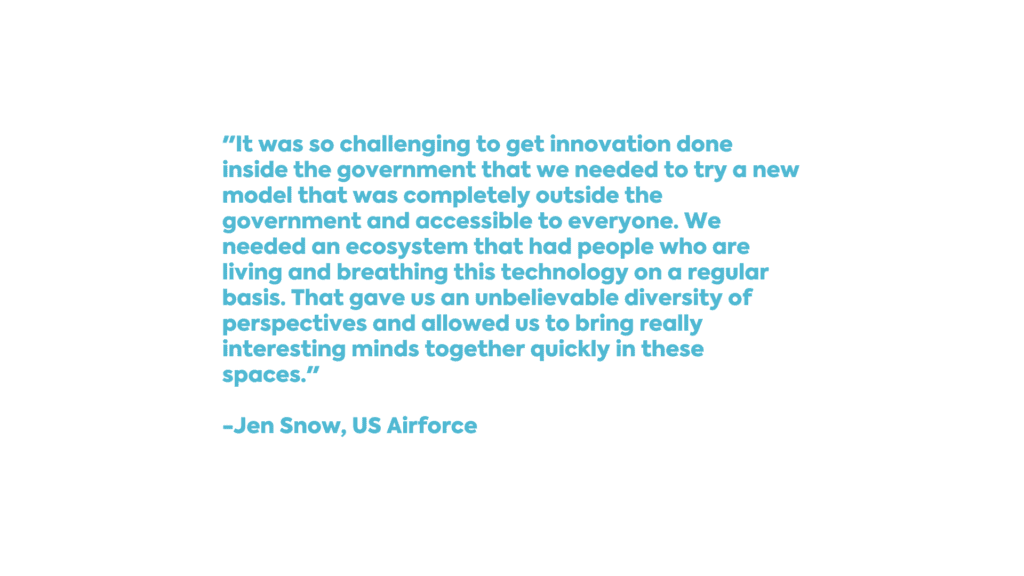
Obstacle: Internal resistance
Solution: Create small, cross-functional teams with diverse thinkers
When Morningstar announced an ambitious goal of using AI to automate one hundred percent of its services, it ran into some predictable barriers, says Anu George. Resistance from employees who’d enjoyed success doing things the traditional way. Communication breakdowns between business customers and technology teams. Innovation efforts that were perceived as elitist and isolated from the business.
So, they went back to the drawing board and created cross-functional agile teams, each tied to a specific goal. These teams were stocked with creative thinkers who were not afraid of questioning authority, headed by leaders who listened and allowed for ideas to be synthesized. Morningstar encouraged teams to seek ideas outside the organization and embrace a culture of serendipity. And it measured the success of these teams as a unit, forcing everyone to pull together towards a common objective.
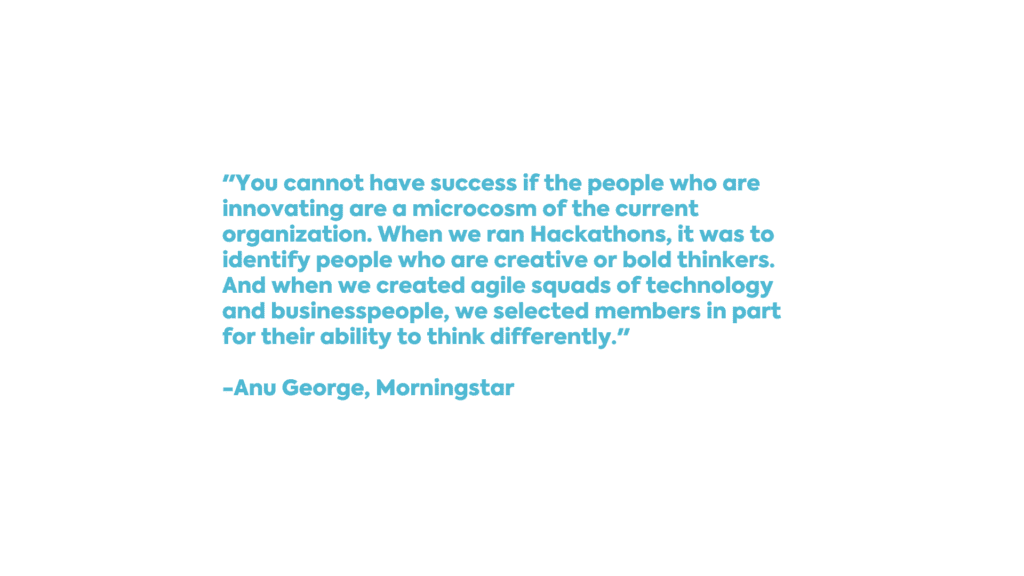
Obstacle: Lack of immediate ROI
Solutions: Seek executive sponsors, pursue incremental innovation
Four years ago, the innovation team at MasterCard came up with a blockchain-based solution for managing enterprise supply chains. It was bold and beyond the normal scope of the company’s business. The deal was on the table and the team was ready to execute, but the initiative was never adopted. The reason? It didn’t fit into the corporate road map for the next three years, says Jonathan Anastasia. It didn’t promise an immediate ROI or relate to how team members would be evaluated.
One reason the initiative failed to gain traction was the lack of buy-in from the C suite. Another was that the project may have been overly ambitious. Now, in order to secure executive sponsorship for greenfield innovations, Anastasia tries to tie them to the CEO’s existing strategy and priorities. And his team now introduces new ideas incrementally, to plant seeds that can bear fruit later.
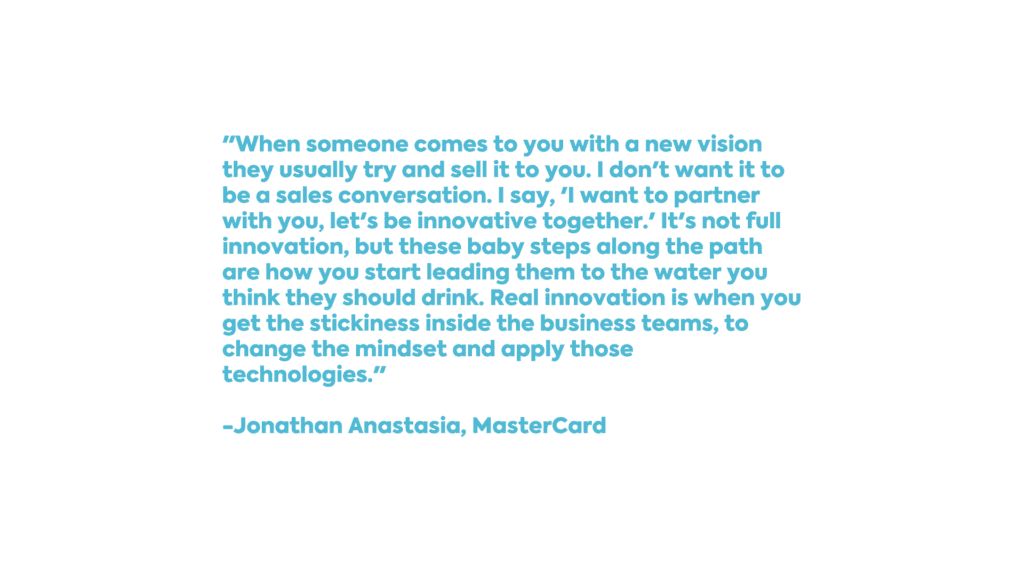
Obstacle: Fear of replacement
Solution: Emphasize enhancement, not disruption
Sometimes it’s not enough to show that innovative solutions can produce an immediate ROI. Partsimony, which uses predictive analytics to build more efficient supply chains, found this out the hard way, says co-founder and CEO Rich Mokuolu. It recently piloted a solution for a hardware manufacturer that cut supply chain costs by more than 50 percent. But instead of being embraced, the technology was quietly ignored, because the team in charge of negotiating with suppliers thought Partsimony’s solution would put them out of a job.
The solution Mokuolo found was to change the perception of innovation from disruption to enhancement. Instead of replacing personnel, Partsimony’s solution would allow them to develop new skills and take on more interesting and strategic challenges.
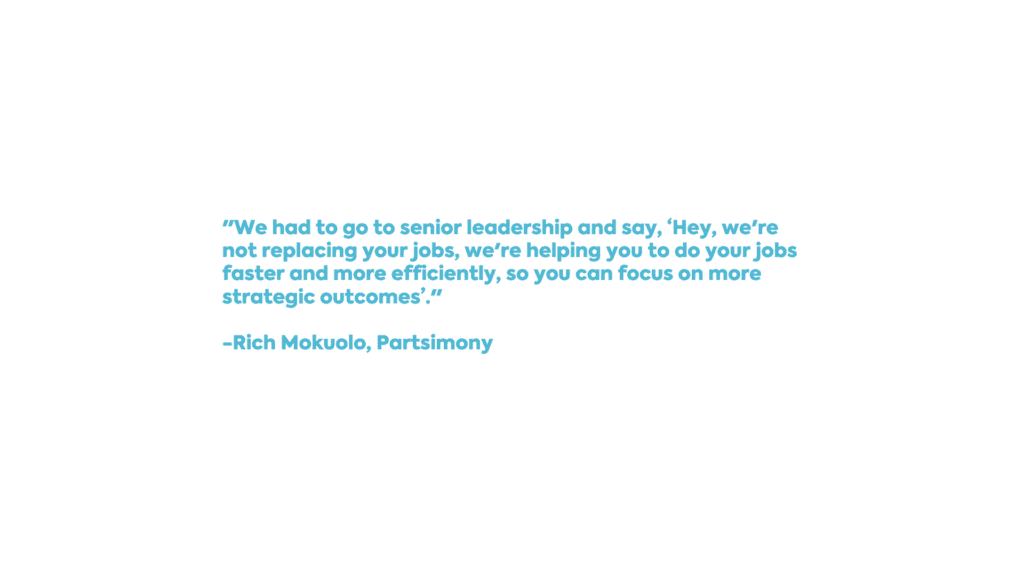
Obstacle: Not enough IT resources to pursue every initiative
Solution: Focus on pain points with real impact, involve the tech team early
As a veteran of startups and multinational enterprises, Beth Devin has seen innovation from both sides of the house. She knows there are always more initiatives than businesses can support. The key to deciding which ideas are worth pursing is understanding the organization’s real pain points and focusing on solutions that have a real impact on the bottom line.
Involving internal tech teams early is also key to avoid projects being slowed or abandoned. Building rapport with key points of contact, such as the CTO or Chief Architect, and making the tech team a collaborative partner on the journey are essential.
